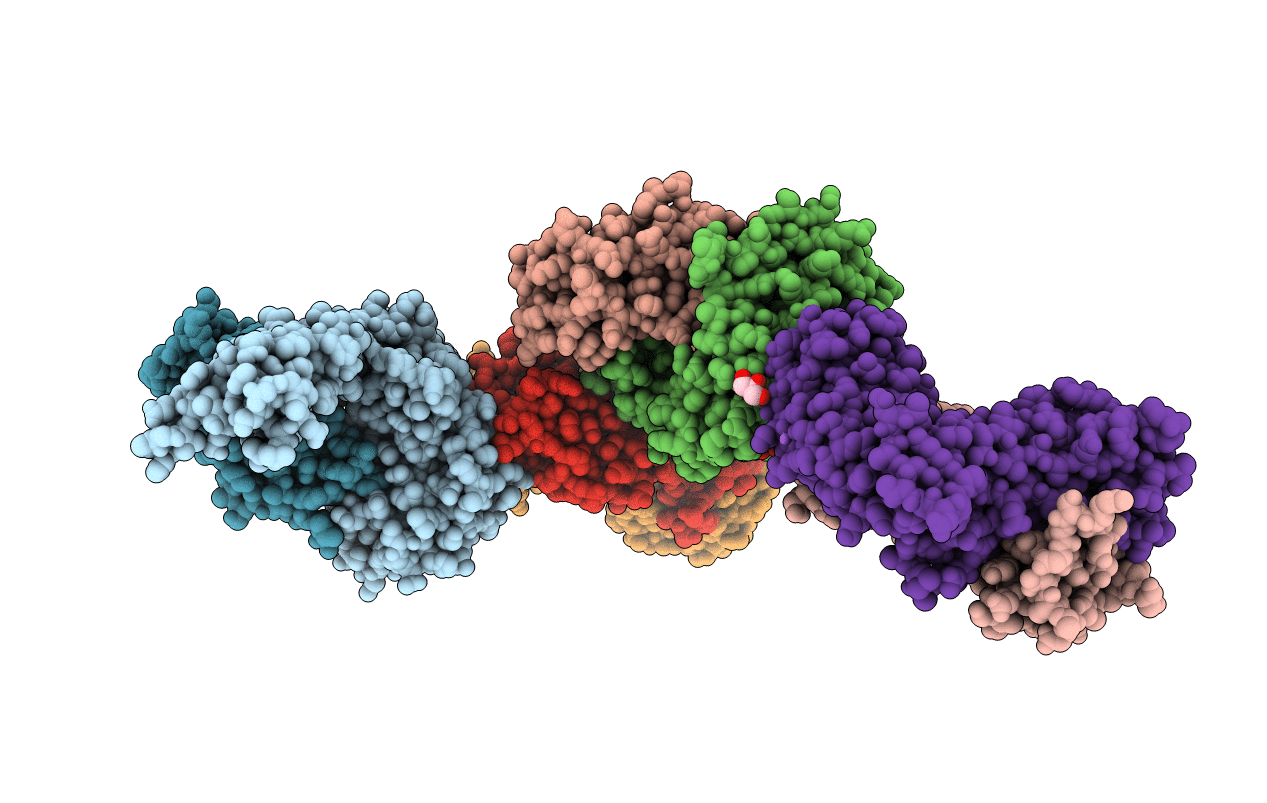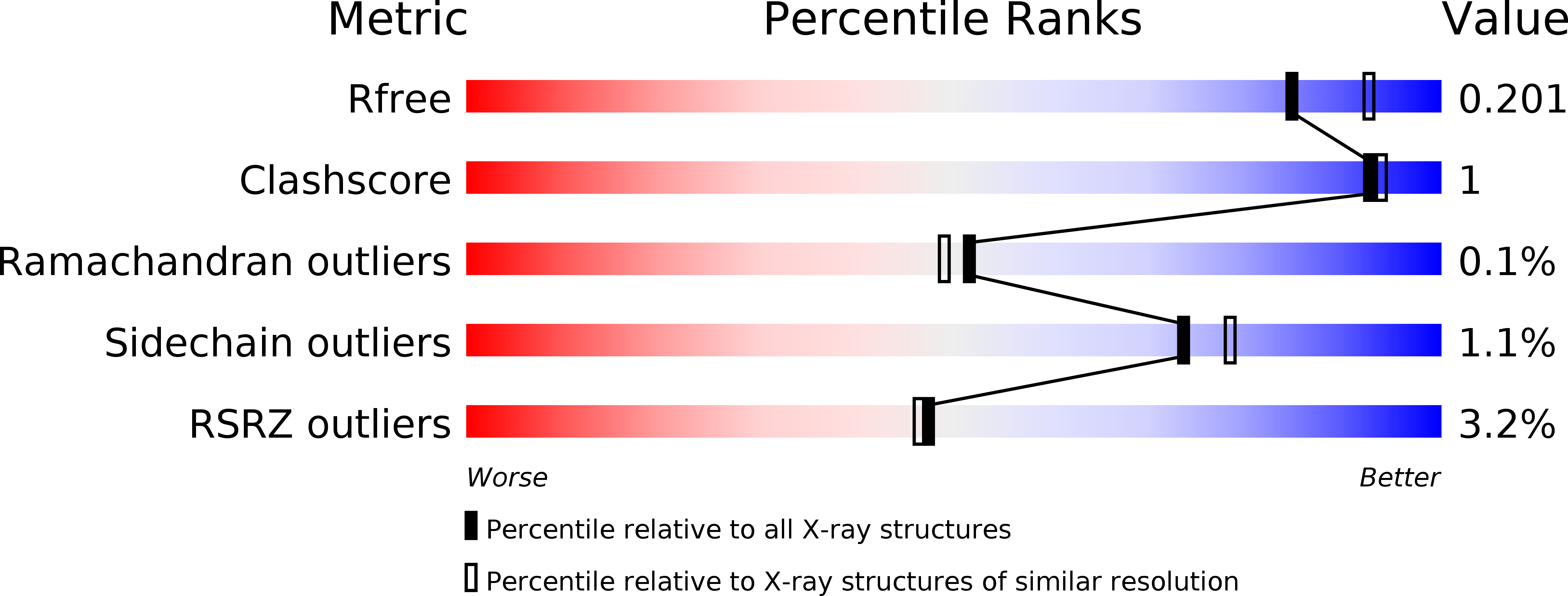
Deposition Date
2014-05-12
Release Date
2014-07-02
Last Version Date
2024-11-20
Entry Detail
PDB ID:
4PJH
Keywords:
Title:
Structure of human MR1-Ac-6-FP in complex with human MAIT B-G8 TCR
Biological Source:
Source Organism:
Homo sapiens (Taxon ID: 9606)
Host Organism:
Method Details:
Experimental Method:
Resolution:
2.00 Å
R-Value Free:
0.19
R-Value Work:
0.16
R-Value Observed:
0.17
Space Group:
C 1 2 1


